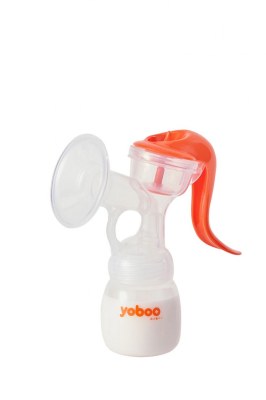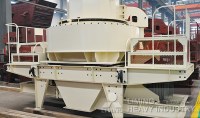Breast Pump Instructions
Benefits of breast feeding for babies
Studies have shown that breast milk contains many substances not found in
formula milk powder, which can protect your baby from many diseases and
infections, such as ear infection, diarrhea, pneumonia, wheezing and bron-
chiolitis. Breast feeding may help prevent obesity, diabetes, SIDS, asthma,
eczema, colitis and some cancers.
How to use the best handheld manual breast pump?
1. Read the instruction manual and familiarize yourself with your model.
2. Before use, clean and disinfect the breast pump parts.
3. Before suckling, wash your hands and clean your breasts, then gently massage your breasts and warm them with a hot towel for a few minutes to help with milk production.
4. Find a private place where you feel relaxed. Think about your baby; this will trigger the hormones that help release your milk.
5. Sit in a chair with your body leaning slightly forward and remain naturally relaxed.
6. Place the assembled breast shield on your breast and press gently on the non-slip handle.
7. Keep pressing the handle in 2 to 3 second cycles to simulate the rhythm and suction of your baby's natural sucking.
8. Change breasts approximately every five minutes. Ensure that each breast receives approximately 15 minutes of total stimulation. If you feel that the suction is too strong, adjust the gear to suction level 1.
9. When you have finished pumping, remove the breast shield and carefully unscrew the bottle and close the lid.
10. Wash with warm soapy water and leave the parts to dry.
11. The milk is safe at room temperature for four hours. Many women prefer to refrigerate it right away; the Centers for Disease Control says it's safe to refrigerate breast milk for up to five days. When stored in a chest or upright deep freezer, the milk keeps for 6 to 12 months.
FAQs about Manual Breast Pump
1. What are the manual breast pump uses?
It is suggested that mothers who have breast milk shall try their best to insist on breastfeeding, which is of great benefit to the growth of the baby. Breast milk contains a lot of antibodies, and the baby can obtain immune bodies from the milk. However, sometimes it is inconvenient for mothers to breastfeed their baby directly, or they may have galactorrhea, in these cases, a breast pump can be used to solve the problem.
2. How to find the cause when the suction is insufficient, and how to solve it?
① Make sure that the shield part fits well with your breast;
② Make sure that the shield part and the body connector are installed tightly;
③ Make sure that the silicone membrane and the stem are installed in place;
④ Make sure that the silicone membrane and the body connector are installed in place;
⑤ Make sure that the silicone valve is installed properly.
3. How to perform breast pump maintenance?
• Cleaning: ① Please disassemble the product in a sequence opposite to the assembly sequence for cleaning or sterilisation; ② In order to prevent bacterial infection, please wash with warm water immediately after use; ③ Please use a sponge and a cleaning agent special for baby bottles to avoid damage or scratches.
• Sterilisation: ① Please disassemble all components for sterilisation; ② Silicone components (silicone shield, silicone membrane, silicone valve) would get yellowing and harden when used for a period of time, please replace it then.
w more about how to assemble a manual breast pump, please leave us a message.
Localisation : FLAT/RM 603 6/F Laws Commercial Plaza 788 Cheung Sha Wan Road KL, 999077 shenzhen,
Personne à contacter : seven seven, 52130330








